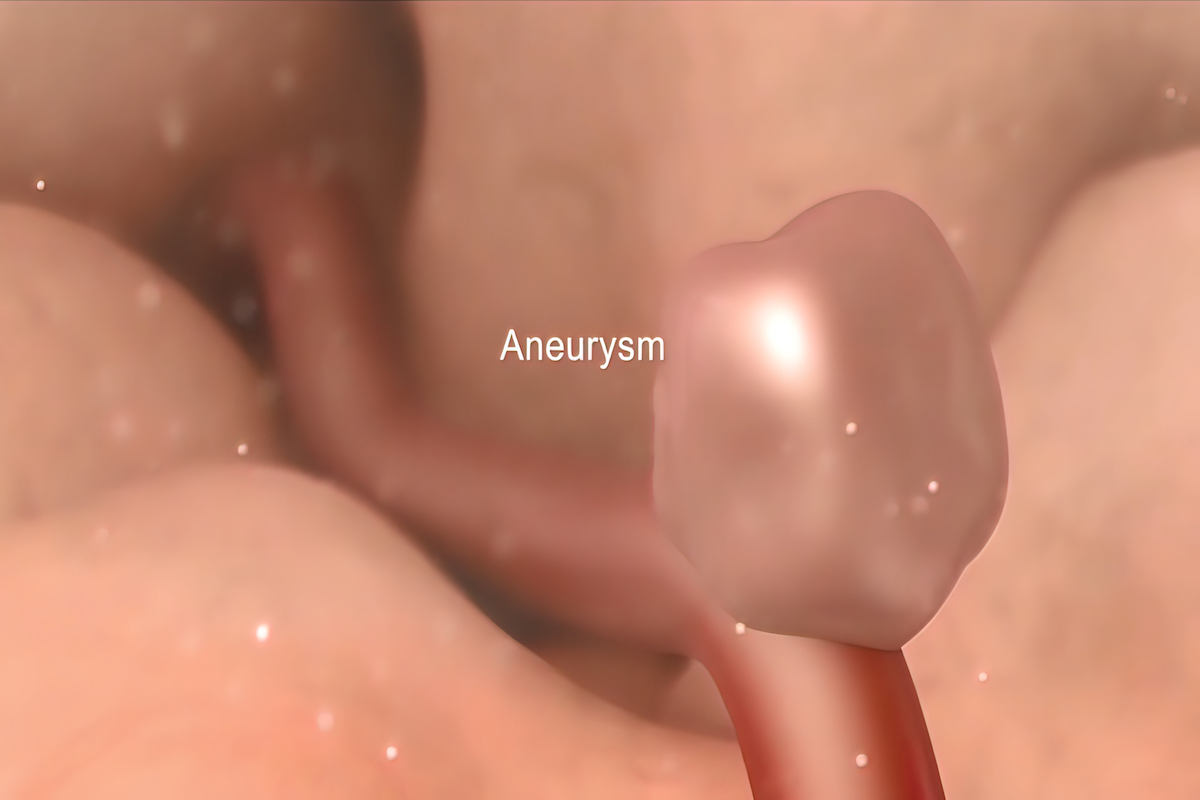China President Xi Jinping Reportedly Suffering From Cerebral Aneurysm
Chinese president Xi Jinping was hospitalised towards the end of 2021 as he was suffering from a cerebral aneurysm.
Aneurysms are usually found at the base of the brain just inside the skull, in an area called the subarachnoid space.

A brain aneurysm is a bulge or ballooning in a blood vessel in the brain. 3D illustration (Photo: iStock)
A cerebral aneurysm is said to be a bulge or ballooning in a blood vessel in the brain. An aneurysm often looks like a berry hanging on a stem, as per the health website Mayoclinic. It can cause a leak or rupture leading to bleeding into the brain and hemorrhagic stroke.
Most brain aneurysms, however, don’t rupture but create health problems or cause symptoms.
Aneurysms are usually found at the base of the brain just inside the skull, in an area called the subarachnoid space. In fact, 90 per cent of SAHs are attributed to ruptured cerebral aneurysms and the two terms are often used synonymously.
Advertisement
Aneurysms range in size, from small – about 1/8 inch – to nearly one inch. Aneurysms larger than one inch are called giant aneurysms, pose a particularly high risk and are difficult to treat. The exact mechanisms by which cerebral aneurysms develop, grow and rupture are unknown.
Factors that contribute to the formation of cerebral aneurysms,
1. Hypertension (high blood pressure)
2. Cigarette smoking
3. Congenital (genetic) predisposition
4. Injury or trauma to blood vessels
5. Complication from some types of blood infections
Patients with intracranial aneurysms can present with SAH from aneurysmal rupture or with un-ruptured aneurysms, which may have been discovered incidentally or resulted in neurological symptoms. An aneurysm ruptures when a hole develops in the sac of the aneurysm. The hole can be small, in which case only a small amount of blood leaks, or large, leading to a major haemorrhage. An un-ruptured aneurysm is the one whose sac has not previously leaked. Every year approximately 30,000 patients in the U.S. suffer from a ruptured cerebral aneurysm, and up to 6 per cent of the population may have an un-ruptured cerebral aneurysm.
Treatment Options
There is little doubt about the treatment for ruptured cerebral aneurysms, which are typically secured with clips or coils to prevent re-rupture. Occasionally if the patients’ neurological status is poor on presentation, they have multiple medical co-morbidities, especially in the elderly age group, and the chances of significant recovery seem low, the treating physician may not recommend aggressive management.
The ‘Hunt and Hess grading scale,’ introduced in 1968, is generally used at most neurosurgical centres to classify the severity of SAH based on the patient’s clinical condition.
The worse the patient’s neurological status, the higher the grade. Asymptomatic, mild headache, slight nuchal rigidity (neck stiffness), moderate to severe headache, nuchal rigidity, cranial nerve palsy, no other neurological deficit, Drowsiness/confusion, mild focal neurologic deficit, Stupor, moderate-severe hemiparesis, Coma, extensor posturing.
The treatment for un-ruptured cerebral aneurysms has been a matter of debate for decades. In the largest study on the management of un-ruptured aneurysms “International study of unruptured intracranial aneurysms” (ISUIA), the five-year cumulative rupture rates for patients without a history of SAH and with aneurysms in anterior circulation were 0 per cent, 2.6 per cent, 14.5 per cent and 40 per cent for aneurysms 7 mm, 7–12 mm, 13–24 mm, and 25 mm, respectively.
Advertisement